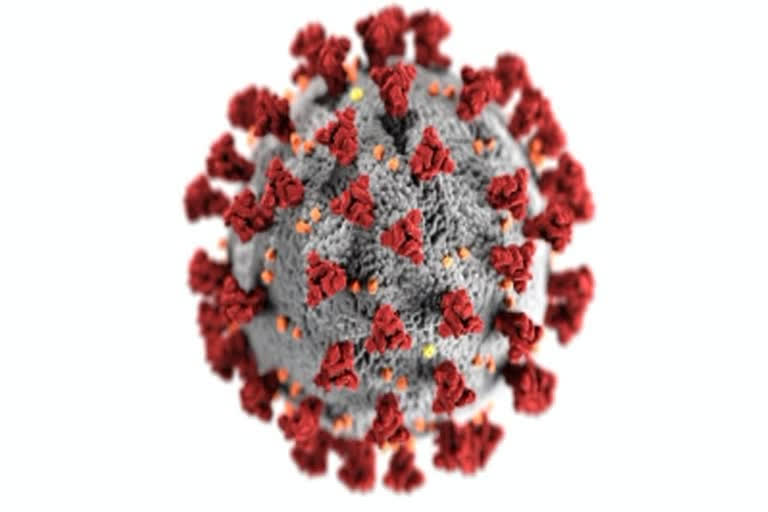Washington: SARS-CoV-2, the virus that causes COVID-19, was "not developed" as a biological weapon, the US intelligence community has concluded in a report, with President Joe Biden reiterating the allegation that China continues to reject calls for transparency and withhold information about the origins of the virus. The Director of National Intelligence in a report, prepared at the direction of the president, on Friday said SARS-CoV-2 probably emerged and infected humans through an initial small-scale exposure that occurred no later than November 2019 with the first known cluster of COVID-19 cases arising in Wuhan, China in December 2019.
However, there was no unanimity among the intelligence community (IC) on the origins of the coronavirus. The virus was not developed as a biological weapon. Most agencies also assess with low confidence that SARS-CoV-2 probably was not genetically engineered; however, two agencies believe there was not sufficient evidence to make an assessment either way, said the unclassified version of the report.
The IC also assesses that China's officials did not have foreknowledge of the virus before the initial outbreak of COVID-19 emerged, it said. After examining all available intelligence reporting and other information, though, the IC remains divided on the most likely origin of COVID-19. All agencies assess that two hypotheses are plausible: natural exposure to an infected animal and a laboratory-associated incident, the report said. Four IC elements and the National Intelligence Council assess with low confidence that the initial SARS-CoV-2 infection was most likely caused by natural exposure to an animal infected with it or a close progenitor virus-a virus that probably would be more than 99 per cent similar to SARS-CoV-2.
Also read:COVID-19 crisis: US sending 'whole series' of help to India, says Biden
These analysts give weight to Chinese officials' lack of foreknowledge, the numerous vectors for natural exposure, and other factors, the report said. One IC element assesses with moderate confidence that the first human infection with SARS-CoV-2 most likely was the result of a laboratory-associated incident, probably involving experimentation, animal handling, or sampling by the Wuhan Institute of Virology. These analysts give weight to the inherently risky nature of work on coronaviruses, it said. Analysts at three IC elements remain unable to coalesce around either explanation without additional information, with some analysts favouring natural origin, others a laboratory origin, and some seeing the hypotheses as equally likely. Variations in analytic views largely stem from differences in how agencies weigh intelligence reporting and scientific publications, and intelligence and scientific gaps, the report said.
